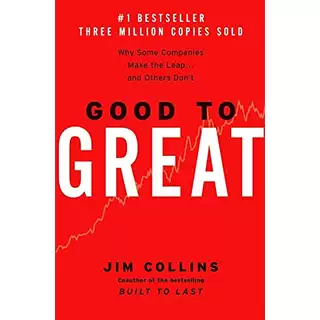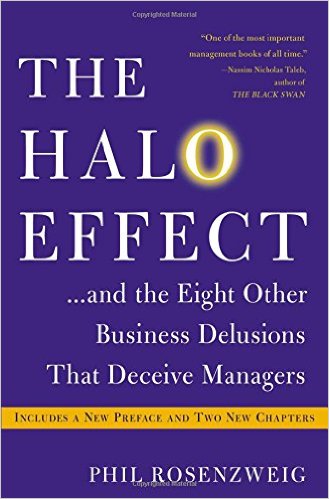https://microcapclub.com/2016/01/how-to-find-intelligent-fanatic-ceos-early/#comments
I have been asked to review the above, Intelligent Fanatics. Please read the above link. The question I have for readers: “What EXACTLY can YOU learn from these books that you can apply to your investing? Or are you just reading narratives of past success? Think about it for awhile, then reply in the comments section. Then read on……….
good-to-great (Link:Contrary Research)
From Good to Great … to Below Average
Last week, however, I picked up Good to Great by Jim Collins. This book is an absolute phenomenon in the publishing world. Since it came out in 2001, it has sold millions of copies. It still sells over 300,000 copies a year.
The book focuses on eleven companies that were just okay, and then transformed themselves into greatness — where greatness is defined as a sustained period over which the stock dramatically outperformed the market and its competitors. Not only did these companies make the transition from good to great, but they also had the sorts of characteristics which made them “built to last” (which is the title of Collins’s earlier book).


 From Yahoo Finance.
From Yahoo Finance.Ironically, I began reading the book on the very same day that one of the eleven “good to great” companies, Fannie Mae, made the headlines of the business pages. It looks like Fannie Mae is going to need to be bailed out by the federal government. If you had bought Fannie Mae stock around the time Good to Great was published, you would have lost over 80 percent of your initial investment.
Another one of the “good to great” companies is Circuit City. You would have lost your shirt investing in Circuit City as well, which is also down 80 percent or more. Best Buy has cleaned Circuit City’s clock for the last seven or eight years.
Nine of the eleven companies remain more or less intact. Of these, Nucor is the only one that has dramatically outperformed the stock market since the book came out. Abbott Labs and Wells Fargo have done okay. Overall, a portfolio of the “good to great” companies looks like it would have underperformed the S&P 500.
I seem to remember that someone did an analysis of the companies highlighted in Peters and Waterman‘s 1980’s classic book In Search of Excellence and found the same thing.
What does this all mean? In one sense, not much.
These business books are mostly backward-looking: what have companies done that has made them successful? The future is always hard to predict, and understanding the past is valuable; on the other hand, the implicit message of these business books is that the principles that these companies use not only have made them good in the past, but position them for continued success.
To the extent that this doesn’t actually turn out to be true, it calls into question the basic premise of these books, doesn’t it?
—
I suggest that BEFORE you read any of the above books that you
1.) listen to this: https://youtu.be/LK8sxngSWaU




